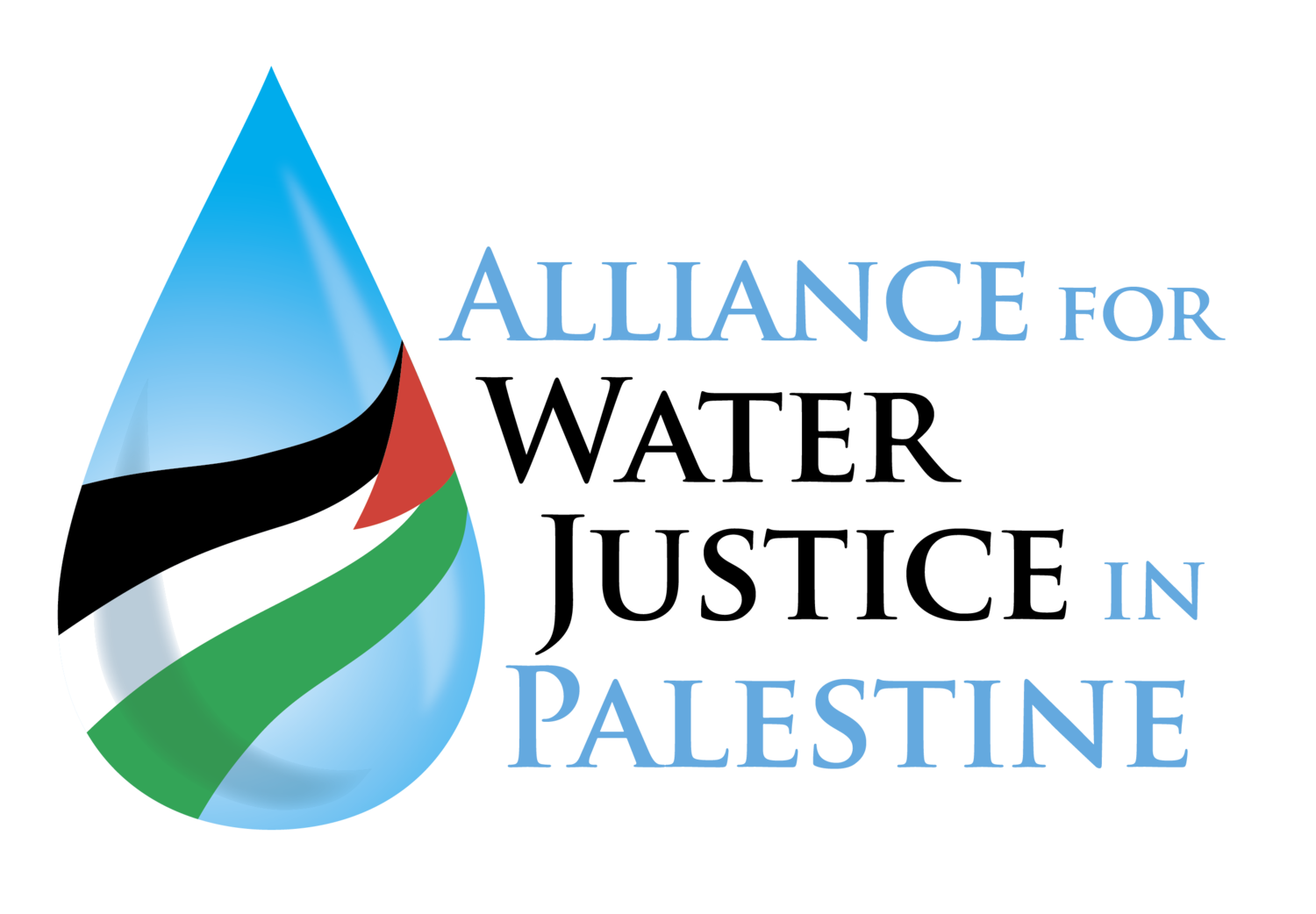Key points
Heavy Israeli bombardments from air, land, and sea across Gaza have continued on 5 and 6 December, alongside intense fighting between Israeli forces and Palestinian armed groups, in particular in the eastern parts of Gaza city, Jabalia refugee camp, and areas east of Khan Younis. Rocket firing by Palestinian armed groups to Israel continued.
In the early hours of 6 December, initial reports indicate that more than 100 people were killed, and many others injured, in heavy bombardments of multiple residential buildings in the Jabalia camp, in the north.
On 6 December, most patients and staff in the Kamal Adwan hospital in Jabalia were evacuated by the Ministry of Health in Gaza, and the hospital largely stopped functioning and ceased admitting new patients. This is due to the intense fighting in its vicinity, compounded by the lack of basic medical supplies, water, food and fuel. Twenty patients who, due to their situation, could not be evacuated, have remained in the facility. Only two small hospitals in the north are still admitting patients, out of 24 prior to the hostilities.
In a letter to the Security Council invoking Article 99 of the UN Charter, the UN Secretary-General reiterated his call for a humanitarian ceasefire and stated: “We are facing a severe risk of collapse of the humanitarian system. The situation is fast deteriorating into a catastrophe with potentially irreversible implications for Palestinians as a whole and for peace and security in the region. Such an outcome must be avoided at all cost." Based on this, a special Security Council session will be held in the coming days.
On 6 December, eighty trucks carrying humanitarian supplies and 69,000 litres of fuel entered from Egypt into Gaza. This is well below the daily average of 170 trucks and 110,000 litres of fuel that had entered during the humanitarian pause implemented between 24 and 30 November, and the average of 500 truckloads (including fuel) that entered every working day prior to 7 October. On 6 December, 23 wounded and sick people and 680 foreign or dual nationals were evacuated from Gaza to Egypt.
The ability of the UN to receive incoming loads of aid has been significantly impaired over the past few days by several factors. These include a shortage of trucks within Gaza, with some being stranded in the Middle Area, which has been severed from the south; telecommunications blackouts; and the increasing number of staff who were unable to report to the Rafah crossing due to the hostilities.
On 6 December, for the fourth consecutive day, Rafah was the only governorate in Gaza where limited aid distributions took place on 6 December. In the adjacent Khan Younis governorate, aid distribution largely stopped due to the intensity of hostilities. The Middle Area was largely disconnected from the south, following Israeli forces’ restrictions of movement along the main roads. Access from the south to areas north of Wadi Gaza (hereafter: the north) came to a halt on 1 December, with the resumption of hostilities.
Inflow of internally displaced persons (IDPs) to Rafah continued on 6 December. Since 3 December, tens of thousands of IDPs have arrived, the majority from across the Khan Younis governorate. As shelters in Rafah city have exceeded their capacity by far, most newly arriving IDPs have settled in the streets and in empty spaces across the city, as well as in public buildings. UNRWA has distributed hundreds of tents, which have been erected in two separate sites alongside hundreds of makeshift shelters. On 6 December, the World Food Programme (WFP) began distributing community-cooked hot meals, aiming to reach more than 8,500 IDPs over two days.
On 6 December, five UNRWA schools serving as shelters for IDPs in localities in the eastern Khan Younis governorate were entirely evacuated, following direct orders given by Israeli forces to the managers of these facilities.
On 6 December, an additional area in Khan Younis city encompassing about one square kilometre was designated by the Israeli military for immediate evacuation. Along with similar designations in previous days, about 25 per cent of the city area, where about 178,000 original residents (73 per cent of the population) and an estimated 170,000 IDPs received have evacuations orders. The Israeli military instructed residents to move to two areas in Rafah and to Al Fakhouri in eastern Khan Younis governorate.
Read the full report: Hostilities in the Gaza Strip and Israel | Flash Update #61
Two months on, the situation in Gaza is becoming apocalyptic. As hostilities expand, people are forced into increasingly confined areas of the south, and meaningful humanitarian efforts become nearly impossible. Photo of rescue teams in Deir al Balah by PRCS, 5 December 2023

